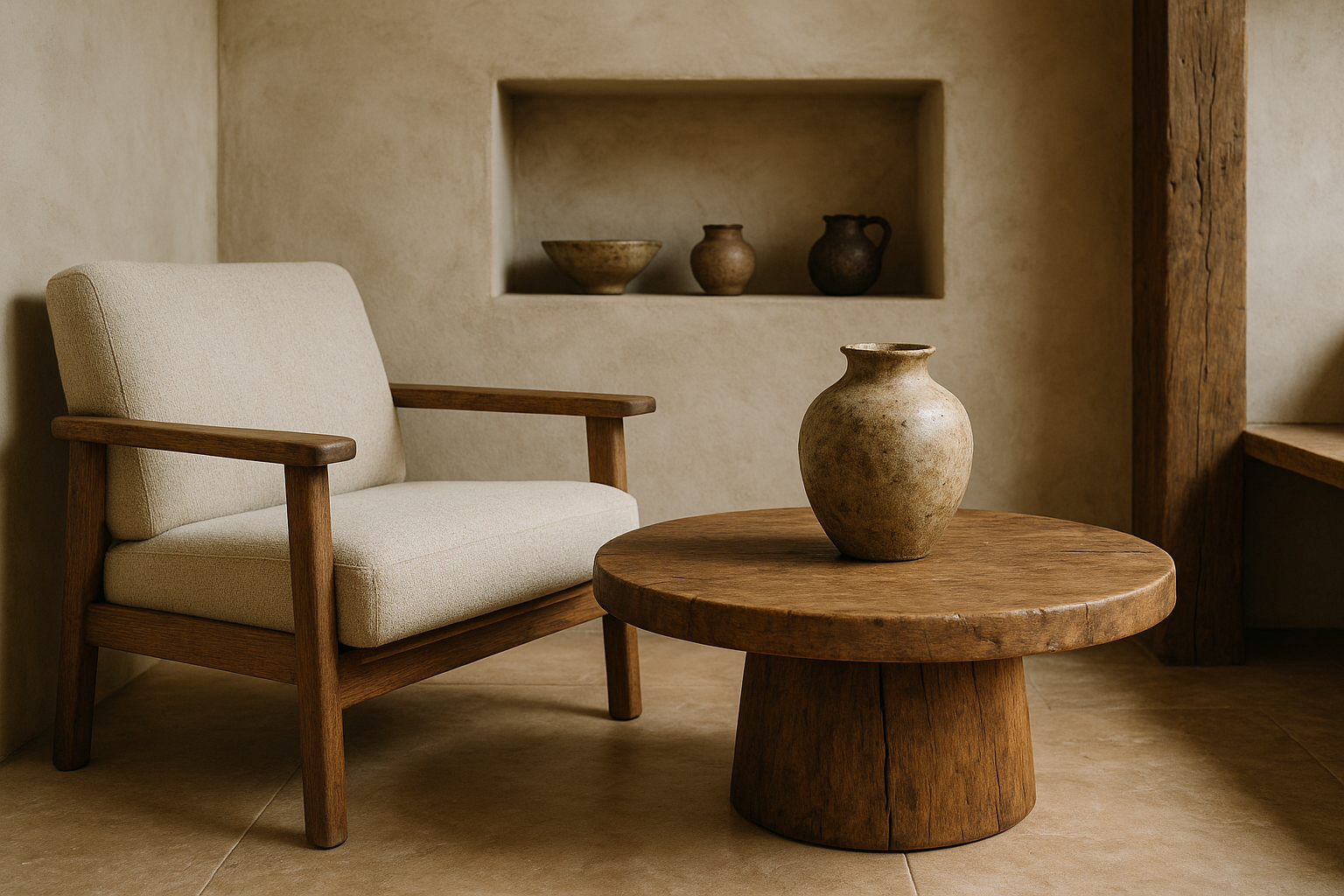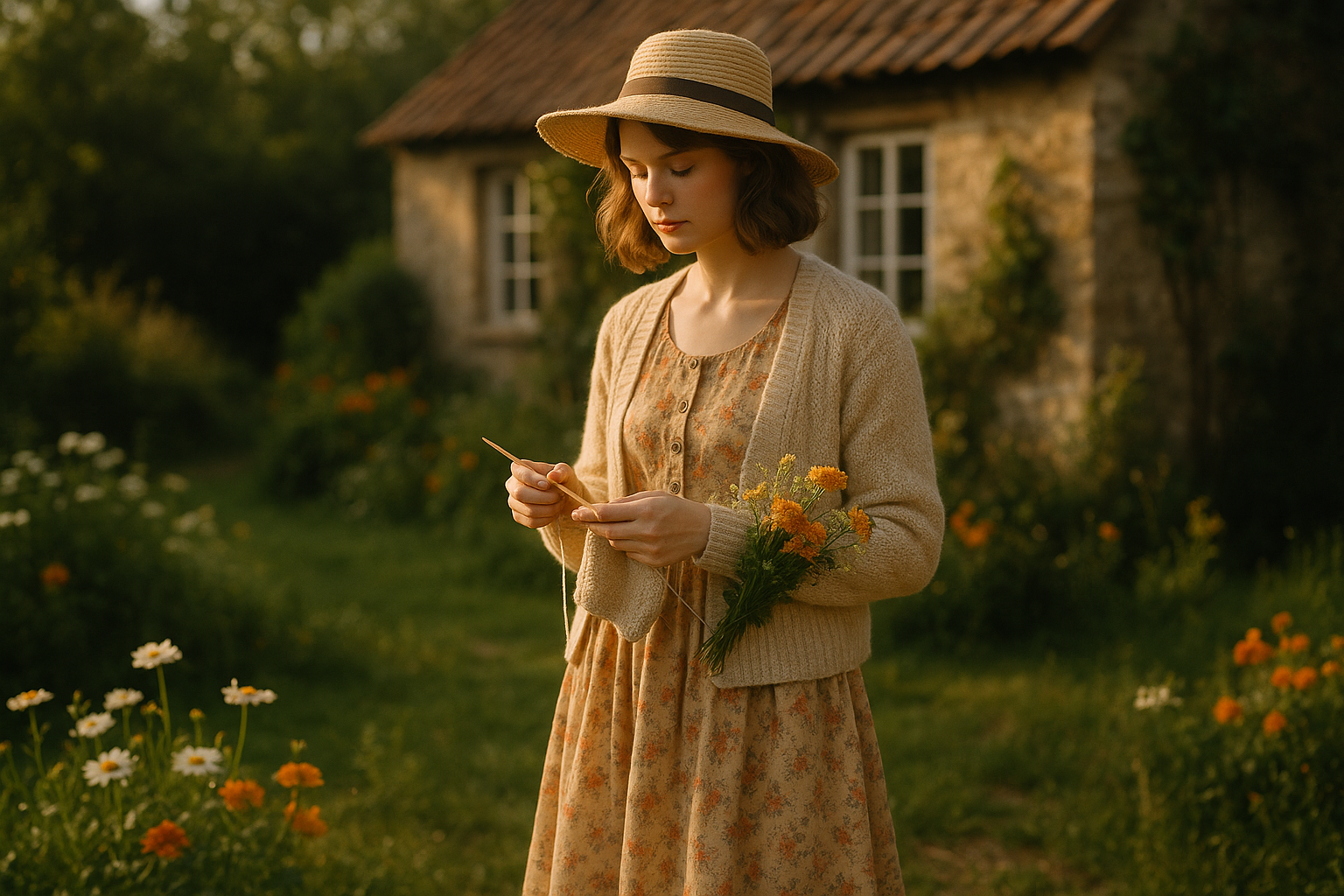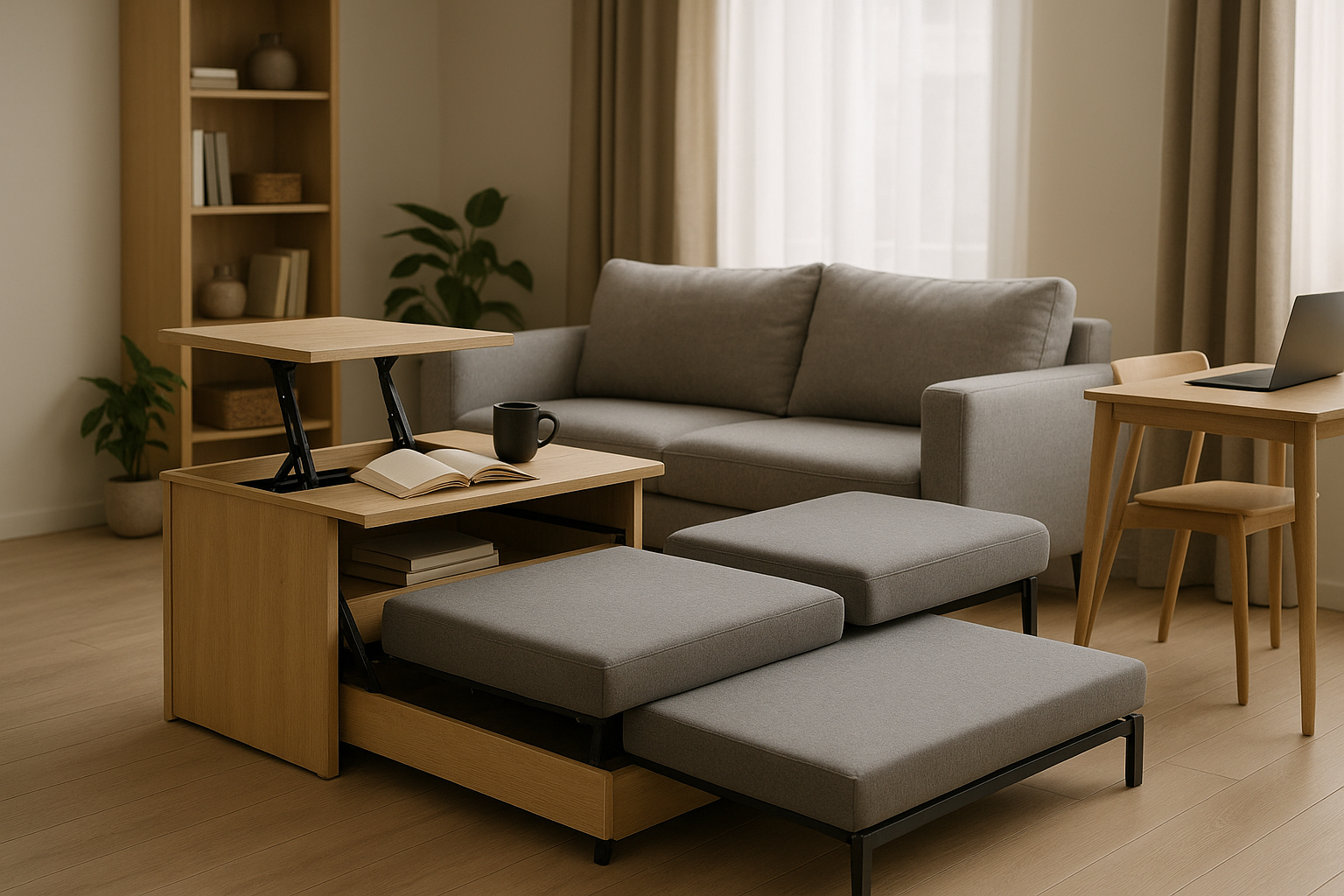The Resurgence of Wabi-Sabi in Modern Home Design
Introduction: The ancient Japanese concept of Wabi-Sabi, which embraces imperfection and the transient nature of life, is redefining modern home styling. As the world accelerates, there's a growing desire to slow down, appreciate the simple things, and find beauty in imperfection - principles at the heart of Wabi-Sabi.

Unveiling Wabi-Sabi: An Ancient Aesthetic
Originating from Japanese tea ceremonies in the 15th century, Wabi-Sabi is difficult to translate directly. It’s more of a mindset or philosophy, which recognizes the beauty in imperfection, incompleteness, and impermanence. It’s about finding depth and tranquility in the natural cycle of growth, decay, and death. In home design, this translates to a preference for handmade, weathered, and organic materials that show signs of use or age.
Wabi-Sabi in Modern Home Design: A Subtle Revolution
Wabi-Sabi is quietly revolutionizing modern home design, offering a counterpoint to the mass-produced and often sterile aesthetics of many contemporary interiors. There’s a growing appreciation for items that are flawed, aged, or show the hand of the artist, reflecting a shift towards authenticity and individuality. From hand-thrown pottery to weathered wooden furniture, Wabi-Sabi encourages us to embrace the character and story inherent in each item.
Practicality and Market Trends: The Wabi-Sabi Appeal
In a world overloaded with digital and plastic, Wabi-Sabi offers a return to the tactile and authentic. The trend has seen a surge in the popularity of artisanal home goods markets, antique shops, and a rise in the value of handmade items. As consumers seek unique and meaningful pieces, the Wabi-Sabi philosophy aligns perfectly with this desire for authenticity and sustainability.
Wabi-Sabi: Enhancing Daily Living Through Design
Living with Wabi-Sabi is about more than just aesthetics—it influences how we experience our homes. It encourages us to appreciate the beauty of everyday moments, to find contentment in simplicity, and to accept the natural cycle of life. Homes designed with Wabi-Sabi principles become places of tranquility and reflection, offering a much-needed sanctuary from the outside world.
Blending Wabi-Sabi with Other Styles: A Creative Approach
While Wabi-Sabi has a distinct aesthetic, it can blend harmoniously with other design styles. For instance, it pairs well with Scandinavian minimalism, adding warmth and texture to the clean lines and cool tones. Similarly, it can add depth to boho chic or rustic farmhouse designs. The key is to incorporate elements of imperfection, texture, and organic materials to create a balanced and serene space.
In conclusion, the resurgence of Wabi-Sabi in modern home design reflects our collective desire for authenticity, simplicity, and a deeper connection with the natural world. It’s a reminder that true beauty can be found not in perfection, but in the patina of age, the hand of the maker, and the imperfections that make each item unique. As we navigate an increasingly digital and fast-paced world, Wabi-Sabi offers a pathway to slowing down and appreciating the beauty in the everyday.




